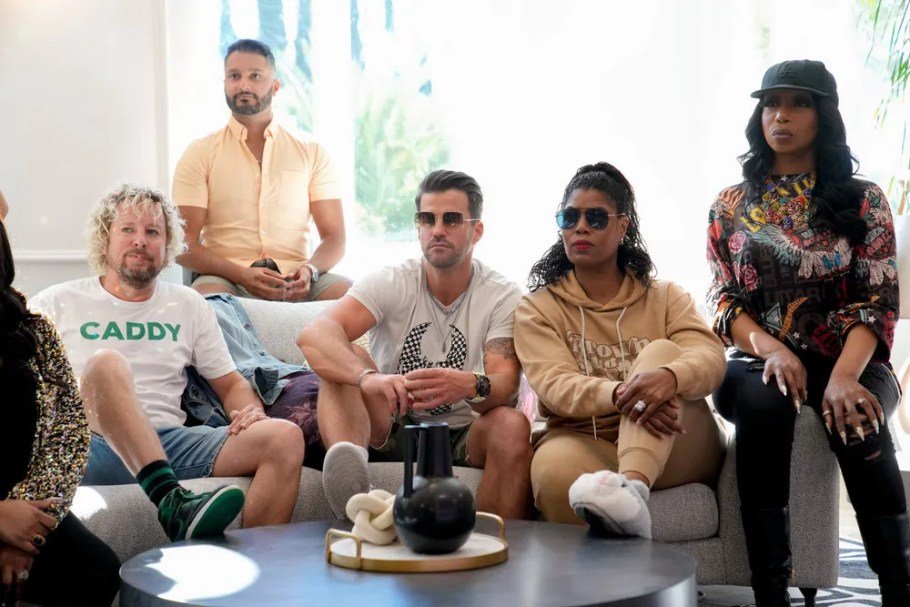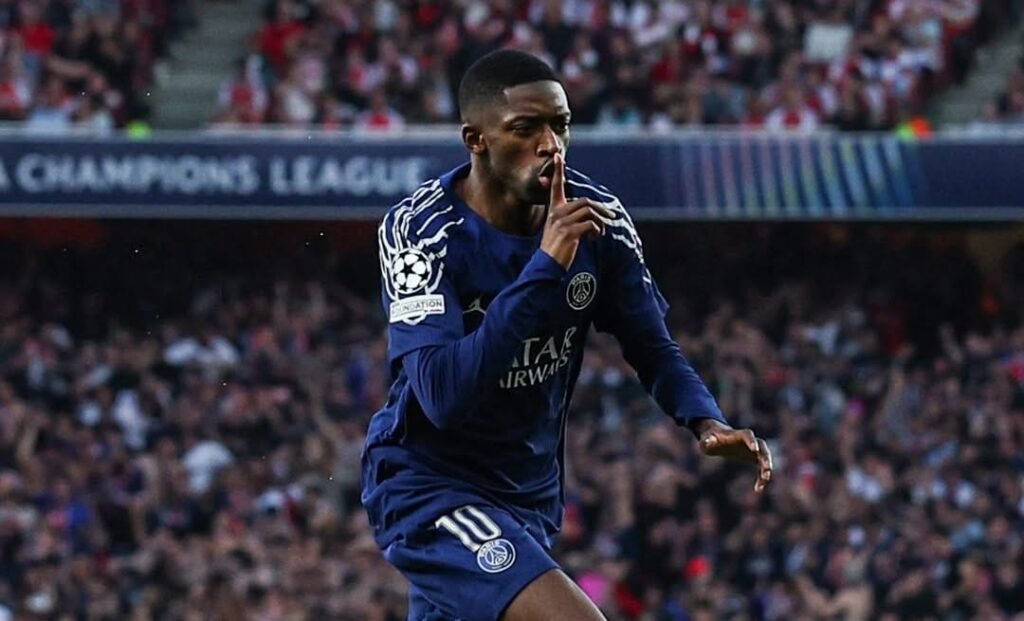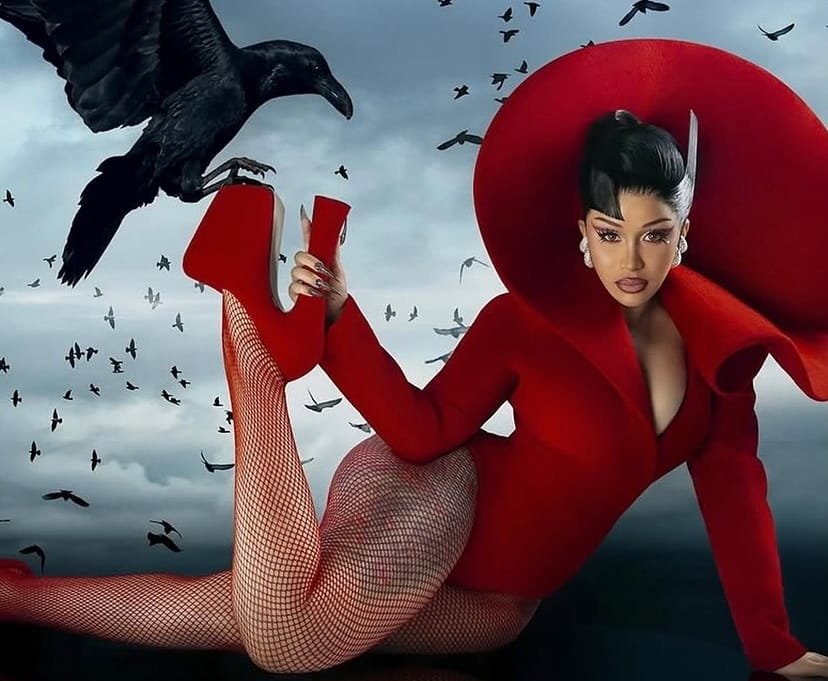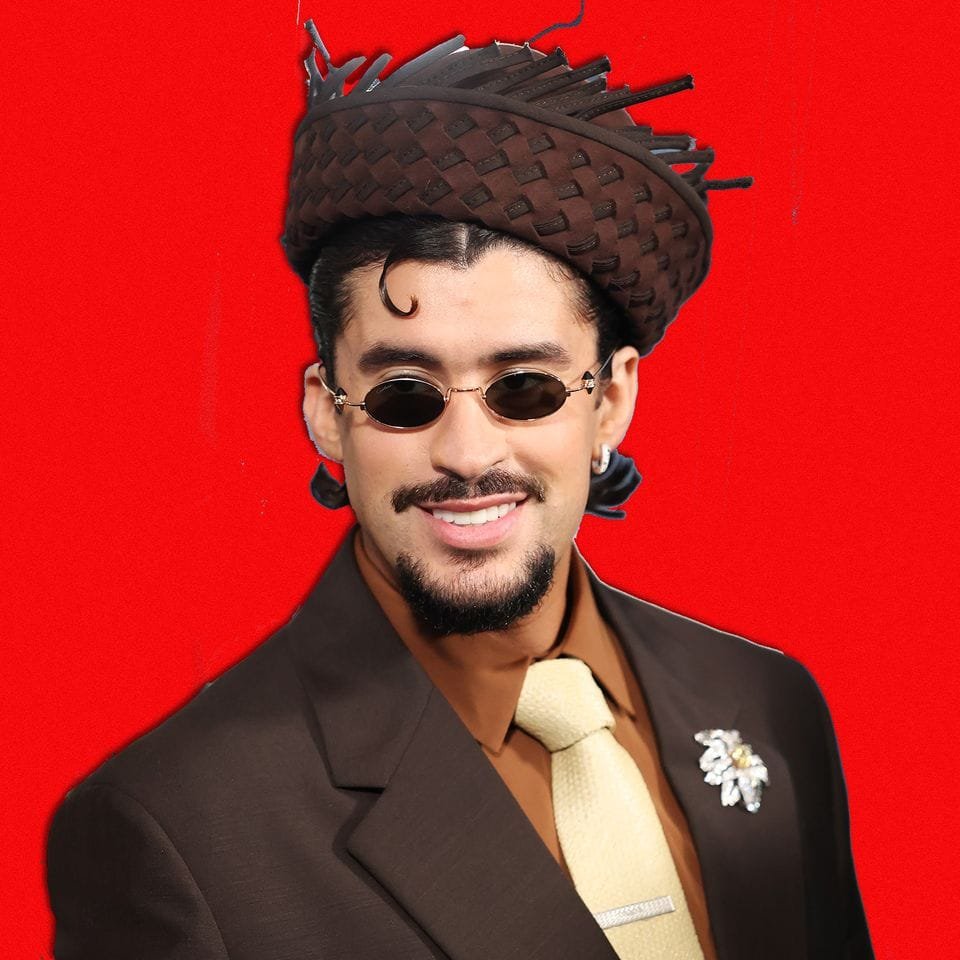
When the NFL confirmed that Bad Bunny will headline the 2026 Super Bowl Halftime Show, the announcement instantly sent shockwaves across music, sports, and pop culture. The Puerto Rican superstar, who has dominated charts, arenas, and conversations for nearly a decade, summed it up with just four words via Apple Music: “This is for Puerto Rico.”
It wasn’t just a personal milestone. It was a cultural moment — one that puts the global spotlight on Puerto Rico, reggaeton, and Latin music in one of the most-watched live television events in the world.
From San Juan to the Super Bowl Stage
Bad Bunny’s journey from independent SoundCloud releases to the biggest stage in American sports has been nothing short of meteoric. Since breaking through in the mid-2010s with his unique blend of reggaeton, Latin trap, and genre-bending experimentation, he’s become one of the most influential artists of his generation.
His albums — from X 100PRE to Un Verano Sin Ti — haven’t just topped charts, they’ve broken records. In 2022, Un Verano Sin Ti became the first Spanish-language album to earn a Grammy nomination for Album of the Year. His arena and stadium tours have sold out worldwide, and he’s crossed over into WWE, the fashion world, and Hollywood.
The Halftime Show is simply the next frontier.
Why This Performance Matters
The Super Bowl Halftime Show isn’t just entertainment — it’s a cultural event that defines a generation. For artists, it represents both recognition and responsibility. For communities, it’s a rare platform to be seen and celebrated by millions.
When Bad Bunny says “This is for Puerto Rico,” it’s more than a statement of pride. It’s a declaration that the island’s music, resilience, and identity will be broadcast to an audience of over 100 million viewers. For Puerto Ricans — both on the island and in the diaspora — this performance promises to be a moment of collective celebration.
The Weight of Representation
Latino artists have appeared on the Halftime stage before. In 2020, Shakira and Jennifer Lopez shared the spotlight, delivering a show that highlighted Latin culture and even included a nod to Puerto Rico. But this is different: Bad Bunny will be the main headliner, carrying the entire performance under his name.
It’s a symbolic milestone. For years, reggaeton was treated as niche or dismissed as a trend. Bad Bunny has been one of the key figures in proving its global staying power. By headlining the Super Bowl, he’s solidifying Latin music’s seat at the table — not as a guest feature, but as the main attraction.
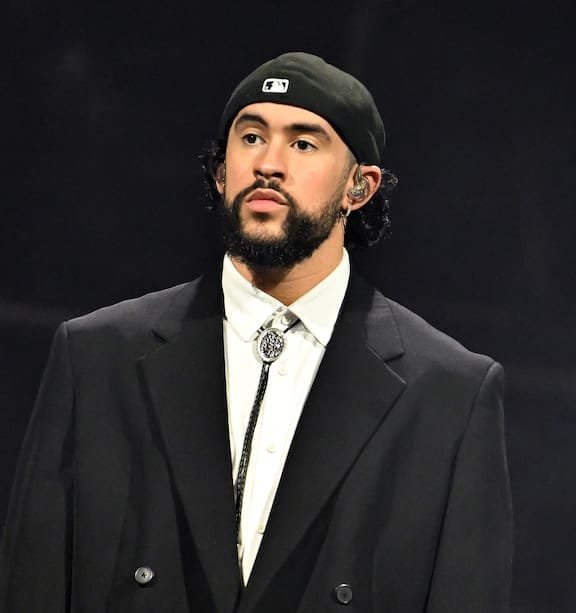
What Fans Can Expect
The big question now: what will Bad Bunny’s set look like?
If history is any indicator, fans can expect a high-energy medley of hits. Songs like Dakiti, Tití Me Preguntó, Yo Perreo Sola, and Moscow Mule feel like locks. Given his deep catalog, trimming down to a 12–15 minute performance will be a challenge, but it also guarantees wall-to-wall crowd-pleasers.
Then there are the potential guest appearances. Bad Bunny has collaborated with some of the biggest names in music, from Drake and Cardi B to Rosalía and Jhay Cortez. His history with Shakira and J Balvin opens possibilities, while his connection with American stars like Travis Scott suggests a crossover moment. And of course, fans will wonder if he might bring Puerto Rican icons — past or present — to the stage to honor his roots.
The Apple Music Factor
Apple Music will once again serve as the official sponsor of the Halftime Show, and that means fans can expect immersive extras: exclusive interviews, behind-the-scenes looks, curated playlists, and live-updated coverage.
In the streaming age, the Halftime Show doesn’t just live on stage — it extends across social platforms, editorial campaigns, and apps. Apple will ensure that Bad Bunny’s performance resonates for weeks, not just minutes.
Reactions: Excitement and Expectation
Social media erupted the moment the announcement dropped. Puerto Rican fans celebrated the decision as a historic win for representation. Memes, reels, and TikToks flooded the internet, with many highlighting how far reggaeton has come.
Some reactions were emotional, with fans noting how Bad Bunny’s statement — “This is for Puerto Rico” — perfectly captured the pride of a community that has long fought for visibility on the global stage. Others speculated about the setlist, possible surprise guests, and how the staging might embrace Caribbean and Latin culture.
But with anticipation also comes pressure. The Super Bowl audience is famously diverse, and pleasing hardcore fans while also captivating casual viewers is no easy task. Bad Bunny has built his career on authenticity, and many hope he will lean into his culture unapologetically rather than chasing commercial trends.
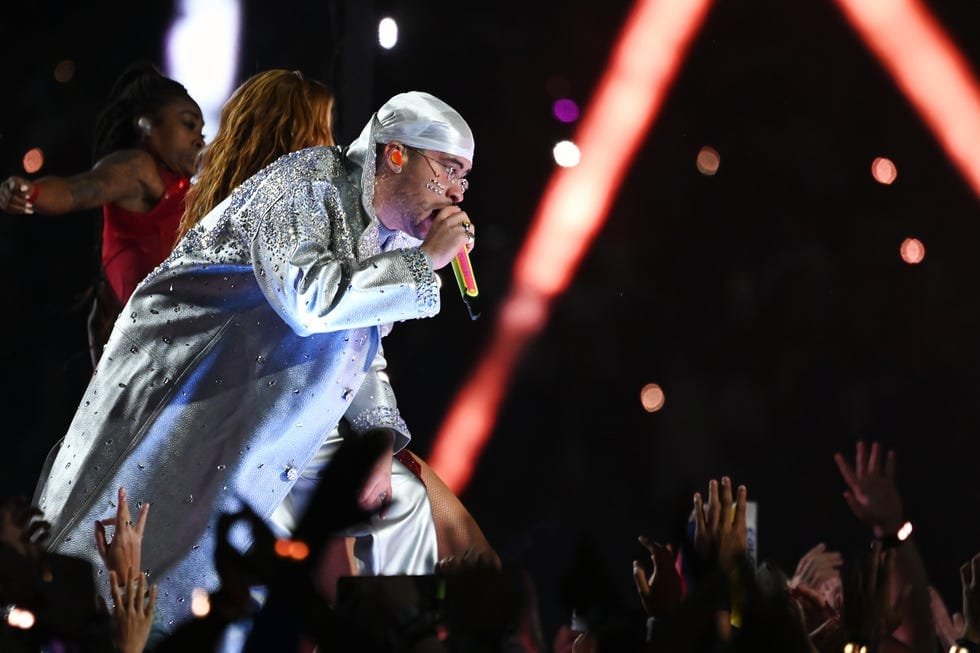
The Road to 2026
Between now and the 2026 Super Bowl, Bad Bunny is expected to continue touring, releasing music, and expanding his creative empire. But everything he does will now be framed by the looming halftime performance. Every single, every collab, every visual might be analyzed as a potential teaser for the big show.
And when that Sunday in 2026 arrives, he will stand in front of one of the biggest global audiences possible — not just as a superstar, but as a representative of Puerto Rico and Latin music.
Final Thoughts
Bad Bunny’s rise has always been bigger than music. He’s redefined masculinity in Latin culture, used his platform to speak on social issues, and consistently pushed boundaries in fashion and art. His Super Bowl Halftime Show will be more than entertainment — it will be a cultural statement.
When he said, “This is for Puerto Rico,” he promised a performance rooted in pride, resilience, and identity. It won’t just be a career-defining moment. It will be a collective one — for Puerto Ricans, for Latinos, and for music fans worldwide.
And if history has shown us anything, Bad Bunny doesn’t just meet expectations — he exceeds them.

